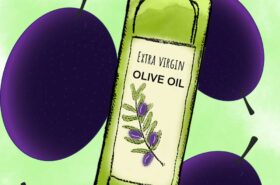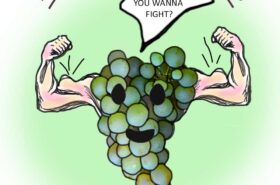If you’re into wine (as we are), you sure have met Mr. wine-sediment in your glass or bottle! This phenomenon is common, especially in older bottles or high acidity wines, but do not be alarmed! Wine sediment is nothing to worry about, it’s something to learn about! In our ultimate wine sediment guide we’ll try to answer all your questions and problems regarding this topic. What is wine sediment? How does it form? Is it safe to consume and many, many more! Find out now!
What is wine sediment?
Wine sediment is every solid material that settles to the bottom of a wine container! Because every wine has it’s “life cycles” there are many forms of “sediment”! For example, during wine fermentation sediment is primary formed from died out yeast cells abundant in the fermenting wine! In bottled wine sediment is formed from different salts forming in the wine. Therefore, the word “container” for the consumer means mostly “bottle”, but for the winemaker sediment means much more. Sediment often forms in the whole cycle of wine production; the vat, tank, container, barrel, everywhere!
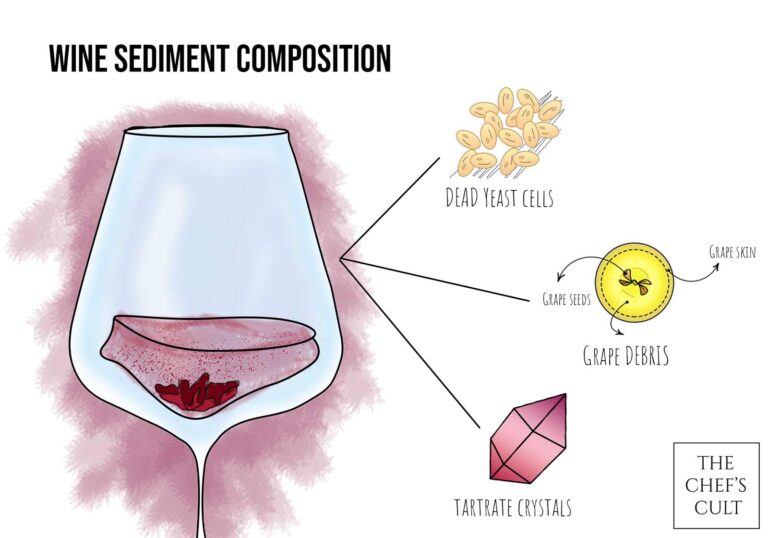
What causes sediment in wine!?
As said before, there are different reasons behind the sediment.
1. The first sediment in the life cycle of every wine is the grape juice sediment! It’s made out of grape skins, pulp, seeds and debris found in the grape juice after grape pressing!
2. Secondly, sediment forms after the wine fermentation! The main cause of sediment in the “young” stage of wine are died out yeast cells. As the wine juice becomes more alcoholic (because of the fermentation), the pressure on the yeast cells is getting higher! At the end of alcoholic fermentation, the vast majority of the cells begin to die out, and the result is sediment!
3. In some cases (after or during) wine fermentation there is another sediment factor, malolactic bacteria, which can also die out and form sediment.
4. And lastly, sediment forms from salts found in every wine, especially bottled, where they settle on the bottom in crystal like shapes. These salts are called tartrates, more about them later! Huh! A lot of sediment, right?
How does wine sediment form?
Here we’ll discuss the tartrate crystal formation because yeast and bacteria sediment formation were analyzed above. Tartaric acid is the main acid in wine, and the most abundant one! Because of its high concentrations this acid can (in specific conditions) form crystals. For the crystal to be formed tartaric acid binds with Ca or K ions present in wine, forming salts. These salts bind together forming little crystals. These little crystals (often unseen by the human eye) bind together to form even bigger crystals which are known as tartrate crystal wine sediment. Yep, that’s the way it goes …
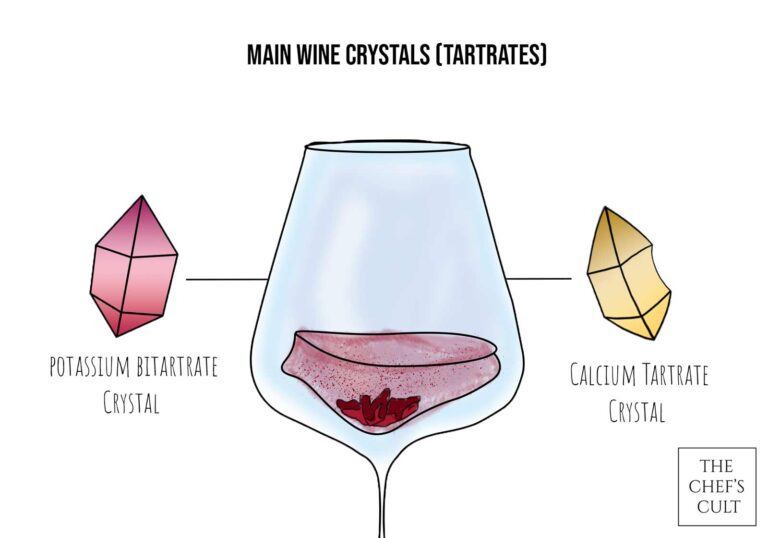
Types of wine sediment (tartrates)
There are two main forms of tartrate salts forming in wine. The first is forming when K ions bind with tartaric acid forming potassium bitartrate salts. The other forms when Ca ions bind with tartaric acid forming Ca-tartrate salts. This is definitely some for-those-who-want-to-know-more stuff! In addition, wine crystals (salts) are formed excessively at lower temperatures. That’s why crystal sediments in wine form mostly if you keep your wine in the refrigerator for a longer period!
Is wine with sediment safe to drink?
Yes, wine sediment is absolutely safe to drink! In all its forms, ranging from pulps and skins, dead yeast cells and tartrate salts. Everything mentioned here is natural and consumed by humans in one form or the other. You do eat dead yeast cells (bread for example), salts (kitchen salt) and grape skins and pulps, and that’s exactly what you’ll find in wine sediment (in various forms and shapes). If you ever worried about it, do not!
What does wine sediment taste like?
Tartrate wine sediment has no smell or taste! It’s mostly visual and therefore no need to worry about it. On the other side, wine yeast sediment is something that often even adds flavor in some cases. Wine yeast sediment is often used in natural wine making and unfiltered wines! We’ll discuss this further below …
How do you remove wine sediment (decanting the right way)?
There is a fancy method used for removing wine sediment – decanting! The process is fairly easy and can be used for both, red or white wines, but more typical is red wine decanting. Why? Because decanting adds air to the wine, and not every wine style is made for additional air. However most red wines, robust white wines and natural white wines can be decanted. For it, you’ll need a glass decanter, which can vary in shape and size! First you need to let your bottle stand up right for a day.
Prepare your decanter and (if you’re using red wine or the bottle is dark) candle. The candle suits as a light source for your bottle (to better see the sediment). Now carefully pour the wine in the decanter holding the bottle above the candle (with some distance of course) with one hand, and the decanter with the other. The wine needs to flow across the glass-wall of the decanter. Always keep a close eye on the sediment, which should always stay in the wine bottle. In the and give the decanted wine a good swirl in the decanter and leave it for a few minutes (or hours), depending on the wine! Cheers!
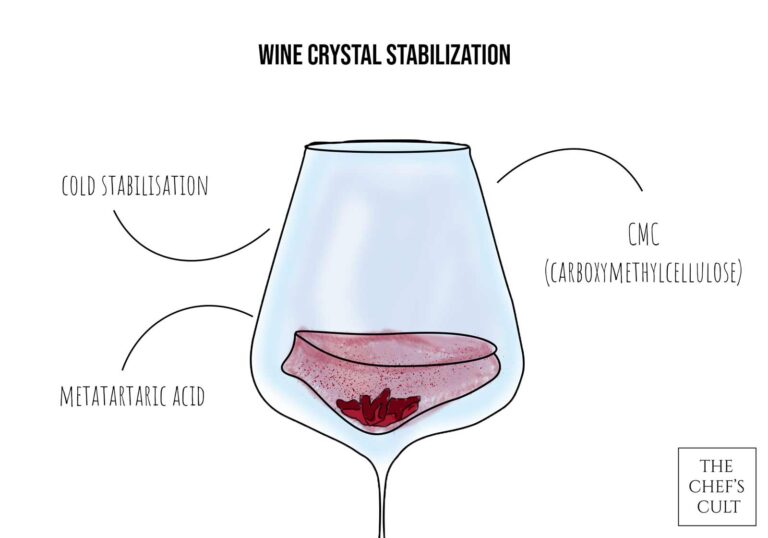
How are wines stabilized against sedimentation?
We talked about the formation of wine sediments, but if you kept a close eye on your glass of wine (which we of course always have), you figured out that it’s not a common sight! But how is that? Its fairly easy, because wines are stabilized against sedimentation before being bottled. There are a few ways to do that!
The most common and natural is cold stabilization (discussed below). Other ways are fining agents added to the wine before bottling, such as metatartaric acid and carboxymethylcellulose (CMC). Both are crystallization inhibitors but come from different sources. Metatartaric acid is a form of polymerized (read bigger molecule, longer chain) tartaric acid which stabilizes the wine against sedimentation. CMC is a cellulose derivate which is more stable than metatartaric acid on higher wine storing temperatures. Both are considered safe to use and are not harmful and suitable for the human food production.
Cold stabilization – natural wine stabilization
It is the most used, and most natural, form of wine stabilization. Cold stabilization is the process of lowering the wine tank to really low temperatures (- 4 °C) to initiate the natural process of wine crystal formation. The tank is kept at this temperature for minimum 6-8 days. After this period the wine should naturally be stable against any formation of wine crystals in the bottled wine.
Natural wine and sediment – a different approach!
In the world of “natural wine” sediment is considered a fundamental part of any wine. Therefore, wines are often bottled with sediment (yeast sediment and crystal sediment) to keep the natural state of the wine intact. The wine is not faulty in any way, it just represents the wine, with low (or none) interventions in its life cycle.
Red wine vs. white wine sediment!
There are no real differences in red and white wine sediments. Although one can arguably say that crystal sediments in white wine can be seen in early stages, contrary to red wine, where the dark color “shields” the crystals, which are often hidden to the observer. Anyway, wine crystals are often considered something good in wine because it reflects the true, raw and unrefined character of the wine.
Wine sediment uses – “cream of tartar”
If you love making pastries and desserts, you sure have heard about the cooking term “cream of tartar”. Well, that is just the fancy word for powdery tartrate salts we mentioned earlier. This means that wine sediments are used for making pastries and desserts around the world! Cool stuff, right? Cream of tartar is commonly used in baking powder and for stabilizing egg whites and whipped cream. Now if someone says something bad about wine sediment, you for sure have a word or two to counter!
That’s it for today my little wine crystals! We hope that our guide solved the problem of today’s topic – “what is wine sediment?” On top of that you learned some cool stuff no one can take away from you. We’re sure you are just a few classes away from becoming a true wine professional! We’ll gladly help with that!
